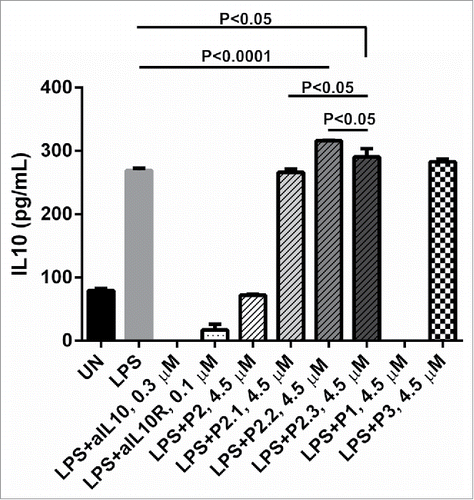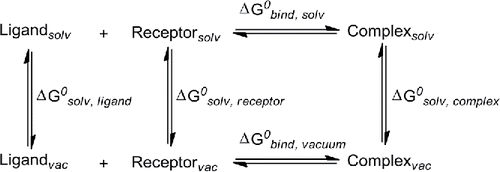Figures & data
Table 1. The sequences of P1, P2 and peptides modified based on P1 or P2.
Figure 1. Effect of different TFE concentrations on the conformation of P1 and P2. Far-UV CD spectra of P1 (A) and P2 (B). Representative data are shown from 3 independent experiments performed in triplicate.
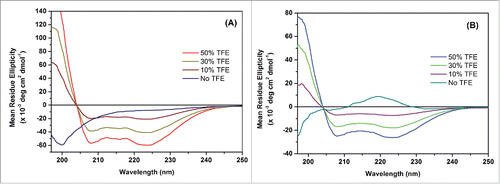
Figure 2. Interactions between P1/P2/P3 and IL-10R1 using Surface Plasmon Resonance Spectroscopy. Sensorgrams of the surface binding affinities of peptide P1 (A), P2 (B) and P3 (C) at different concentrations in relation with time, and (D) Binding affinity measurement of P1, P2 and P3 with IL-10R1.
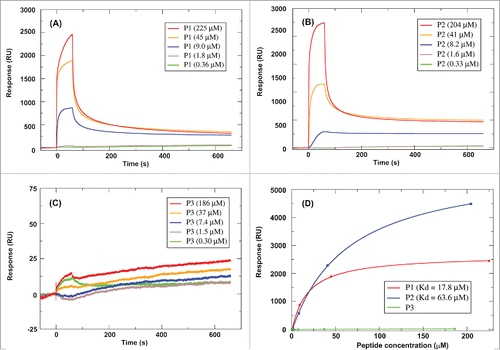
Table 2. Hydrogen bonds between P1 and IL-10R1 complex [side chain NH (HN), hydroxyl hydrogen (HO); backbone amide nitrogen (H), backbone carbonyl oxygen (O), carboxylate oxygen (OX) and hydroxyl oxygen (or amide-connected oxygen on side chain, OH).
Table 3. The dissociation free energy (ΔG0D,solv, in kcal/mol) of IL-10R with IL-10, P1 or P2 (the full calculation results were listed in S6 Table).
Figure 3. The effects of truncated and mutated P1 peptides on IL-10 level in U937 cells stimulated by LPS. Supernatants were measured for the presence of IL-10 by ELISA. The concentration of LPS is 4 × 10−3 µM: 3 × 105 human U937 were either left unstimulated (UN) or stimulated with LPS, LPS + 0.1 µM of anti-IL10R, LPS + 0.3 µM of aIL10, LPS + 0.1 µM of aIL10R, L+P1, P1.1, P1.2, P1.3, P1.4, P1.5, P2 and P3 at 4.50 µM overnight, respectively. P values were calculated using 2 tailed Student's t-test.
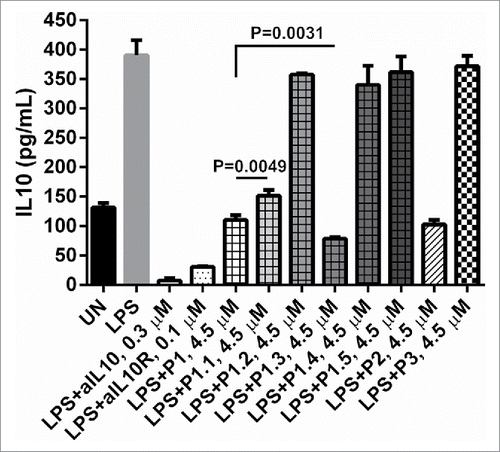
Figure 4. The effects of mutated P2 peptides on IL-10 secretion in PBMCs stimulated by LPS. Supernatants were measured for the presence of IL-10 by ELISA. The concentration of LPS is 4 × 10−3 µM (100 ng): 1 × 106 human U937 were either left unstimulated (UN) or stimulated with LPS, LPS + 0.3 µM of anti-IL10, LPS+0.1 µM of anti-IL10 receptor (aIL10R), LPS + P1, P2, P2.1, P2.2, P2.3 and P3 at 4.50 µM overnight, respectively. P values were calculated using 2 tailed Student's t-test.
